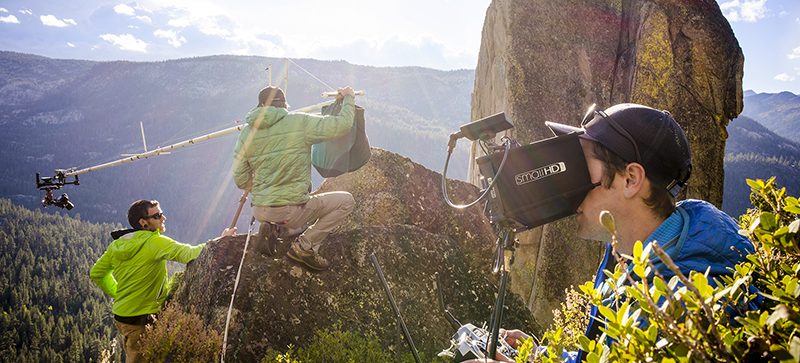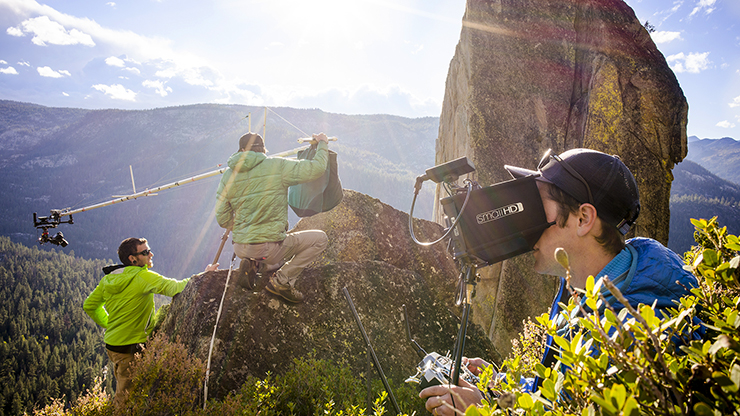Hi Corey,
I have two HD-SLR cameras, a D810 and a D610 that I often try to run as a one-man operator. I shoot interviews and outdoor sports. Thinking it might time to upgrade to an external monitor. Which SmallHD monitor should I get? Do I need more than one? Thoughts?
Thanks, BJ
We all find ourselves in situations where we need to conduct two cameras as a one-man band. In these situations—and really, in all situations—the goal is to bring the least amount of equipment that you can possibly get by with. The less equipment you have, the less that can possibly go wrong, and the more focused you can be on doing your job.
I would say that there are three tiers—three levels of equipment—that you can get by with. And let’s use an interview situation as our example scenario. You will have camera A (your D810) shooting the primary head-on video of your subject, and camera B (your D610) recording pick-up shots from an acute angle to the side.
The first tier is to continue doing what you’re already doing and not get a monitor. With those two Nikon camera, you don’t necessarily need any external monitoring devices or loupes. This scenario is simple, tried and true, and there are less parts that need to be monitored.
The second tier up would be to get one Small HD DP4 monitor and one Zacutto Loupe. You’d mount the loupe to the back of Camera A, to help you focus your shots. Especially in outdoor interviews, this is really beneficial. Meanwhile, your Small HD monitor would be connected, via a long HDMI cord, to camera B—however, you would actually mount the Small HD monitor onto camera A’s hot shoe, using a cold shoe mount adaptor. In this scenario, you can sit directly behind camera A and constantly monitor both cameras’ focus and framing without even turning your head.
The third tier is a situation that I often use and it involves two Small HD monitors: a DP4 and a DP7. I run the DP7 to my A cam, and the DP4 to my B cam. The DP7 is a big, beautiful, sharp and vibrant montior that allows me to focus camera A. I can’t focus on the DP4, but really I just need to need to be constantly monitoring camera B.
With two monitors, I’ll set them up on light stands. I’ll also use a piece of masking tape to mark each monitor “A” and “B” so I remember which one is which. Or, I’ve also used a magic arm to mount these monitors to a tripod, which is a lighter set-up and less equipment out in the field.
One other tip is to bring extra HDMI cables. HDMI cables fail a lot, so be sure to have at least a back-up for everyone that you use—and make sure that they are long enough.
Hope that helps. Having more equipment can be fun and great, but just be forewarned that often times, the simple set-up is the way to go.

